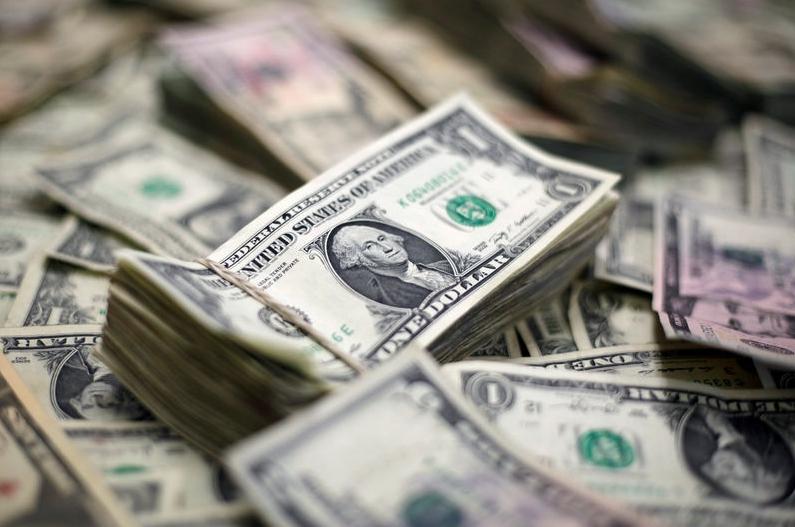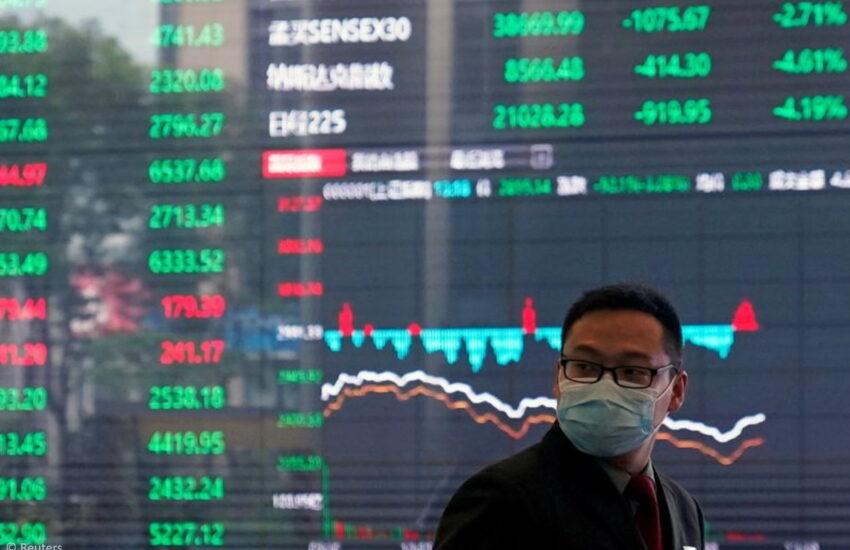The dollar has fallen while the euro is gaining momentum
The dollar eased in early European deals on Wednesday, off a 20-year high earlier this week, as the euro’s nascent recovery picks up pace.
At 3:00 AM ET (0700 GMT), the dollar index, which tracks the dollar against a basket of 6 other currencies, traded 0.1% lower at 108.662 after starting the week on a new 20 -year high of 109.48.
The latest US employment data, the JOLTS Jobs Report, indicates continued strength in the labor market despite a string of large interest rate hikes by the Federal Reserve.
Combined with the continued hawkishness of a number of Fed officials, this indicates that the US central bank could raise rates by 75 basis points in September.
However, the dollar is trying to get further gains, while members of the European Central Bank joined the fight against inflation, expressing a strong determination to do so at the Jackson Hole symposium.
The ECB must act decisively to curb inflation, Bundesbank chief Joachim Nagel said on Tuesday, while Belgian central bank chief Pierre Wunsch said interest rates should rise to a level that would start to restrict economic activity, or even above what is considered “neutral” rate.
The euro plays a big role in the overall direction of the dollar, accounting for almost 60% of the dollar index, and hawkish comments helped the European single currency rise more than 1% from a 20-year low on August 23.
Therefore, the August release of the consumer price index (CPI) of the eurozone will be in the spotlight a little later today; however, annual inflation is expected to pick up in July from 8.9% to 9.0%, well above the ECB’s target of 2%.
As stated in a recent note by Goldman Sachs (NYSE:GS), the eurozone and the UK are heading towards recession this year, but rising inflation will still force the region’s 2 largest central banks to raise interest rates sharply.
EUR/USD rose 0.1% to 1.0017 and GBP/USD rose 0.2% to 1.1680; however, Goldman Sachs warned that UK inflation could top 22% next year if natural gas prices remain high in the coming months.
USD/JPY fell 0.3% to 138.39 after data showed retail sales in Japan rose more-than-expected in July.
USD/CNY fell 0.2% to 6.8952; however, the Chinese yuan was helped by data showing that manufacturing activity in the country contracted slightly less than expected in August, with a manufacturing business activity index (PMI) of 49.4, slightly above expectations of 49.2.
Risk-sensitive AUD/USD rose 0.6% to 0.6895, helped by signs of a recovery in China’s manufacturing sector, given that Australia is a major exporter of commodities to China.




